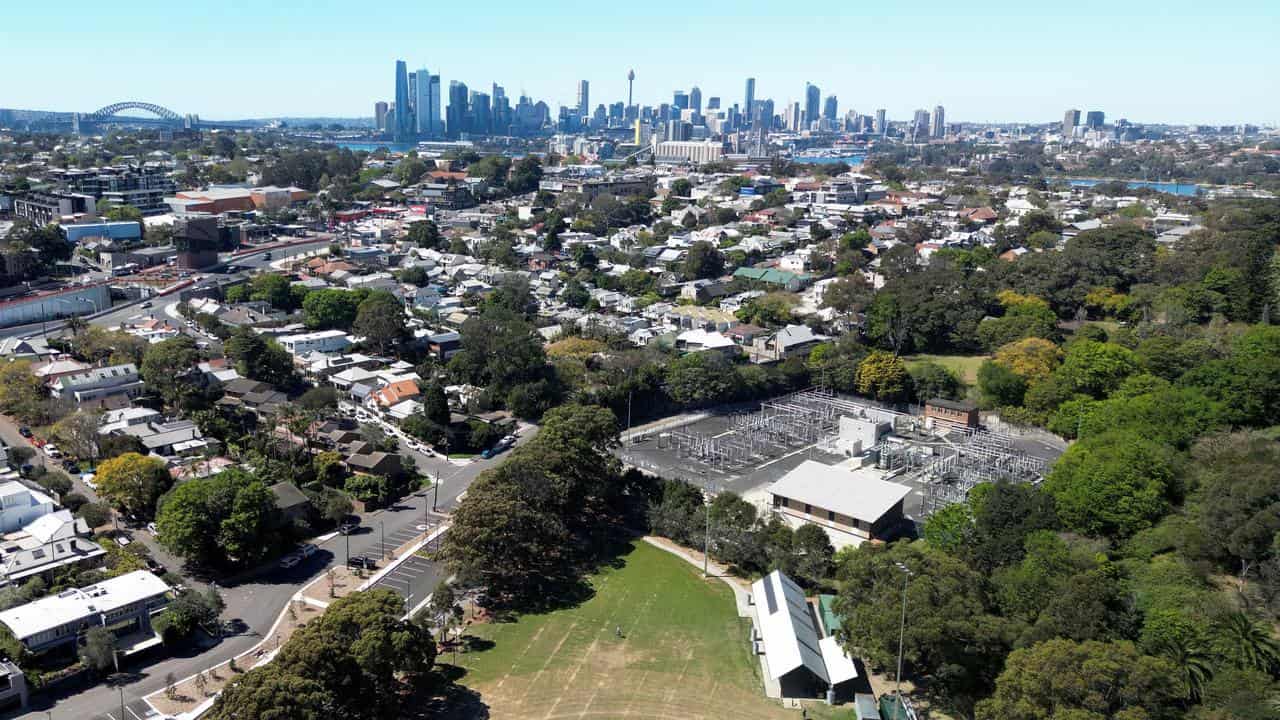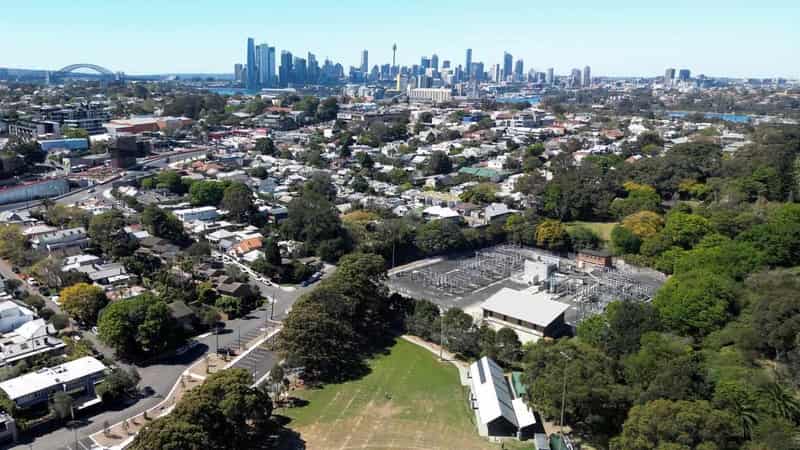
Tree coverage might not cool cities during heatwaves as effectively as once expected and could even contribute to heating, experts say.
Cities around the world have undertaken green initiatives to combat extreme heat as climate change worsens.
But these initiatives are often not even half as effective as intended during periods of extreme heat, according to a study from the University of NSW.
During heatwaves, trees lose their cooling effect and in some cases might even increase the problem, Professor Mattheos Santamouris said in a statement.
"Without proper tree selection, not only is there minimal heat mitigation during heatwaves, but also the potential for adverse health phenomena," he said.
Tree coverage typically cools cities by about two degrees during a normal summer day by releasing vapour through their leaves to absorb heat - a process called transpiration.
But when temperatures are more than 34C, trees start shutting the process down to conserve water.
The researchers studied the transpiration habits of more than 700 species and found that two-thirds of the trees' ability to cool cities was overestimated by urban planners.
"It’s not to say that tree-planting initiatives aren’t important ... but that large-scale planting policies require careful consideration," Prof Santamouris said.
Trees are better at combating heat when they have access to fresh water and cities can use them more effectively with proper irrigation, but this is often difficult in urban areas.
"We would need to consider ways to use different types of water ... that would otherwise be washed out to the ocean, if we were to see the full cooling benefits," Prof Santamouris said.









